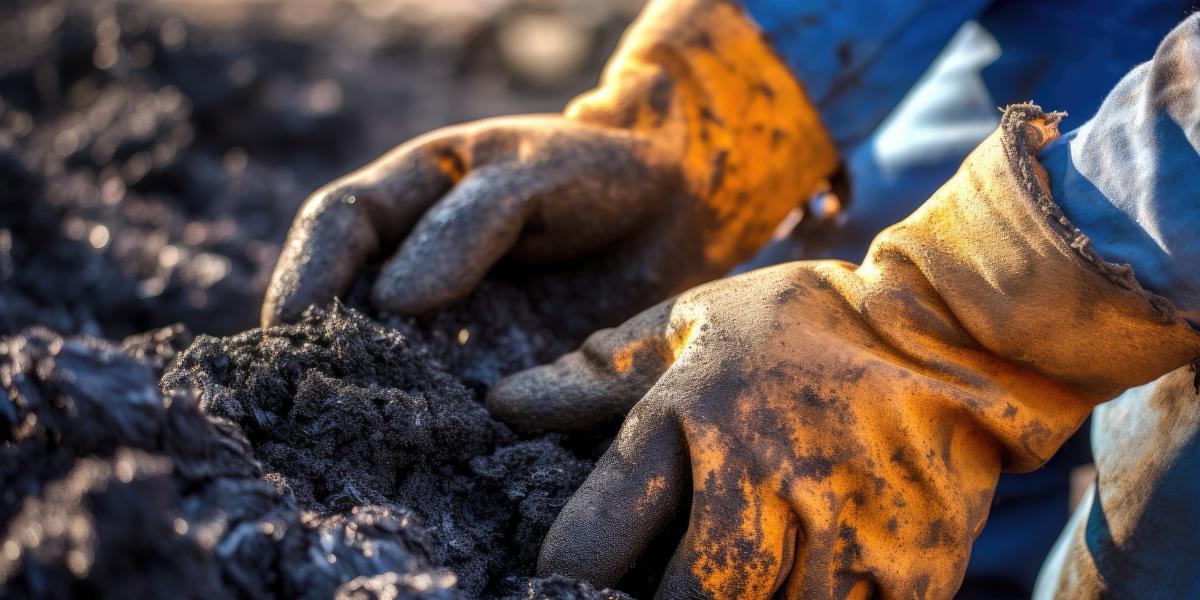You are here

(Editor’s Note: 3E is expanding news coverage to provide customers with insights into topics that enable a safer, more sustainable world by protecting people, safeguarding products, and helping businesses grow. Expert Analysis articles, produced by 3E subject matter experts, researchers, and consultants as well as external thought leaders, examine the regulations, trends, and forces impacting the use, manufacture, transport, and export/import of chemicals).
The U.S. Department of Energy (DOE) is hoping businesses are up to the challenge of helping achieve net zero emissions by 2050.
To encourage support for the Carbon Dioxide (CO2) Removal (CDR) credit purchasing market, the U.S. Department of Energy (DOE), Office of Fossil Energy and Carbon Management (FECM) issued a Notice of Intent (NOI) on 14 March 2024 to launch its Voluntary Carbon Dioxide Removal Purchasing (CO2 RP) Challenge.
The Challenge’s innovative public-private partnership structure aims to catalyze carbon dioxide removal credit purchases and improve transparency of the carbon dioxide removal credit supply. The Challenge supports the goals of the DOE’s Carbon Negative Shot, which aims to reduce the cost of removing carbon dioxide from the atmosphere to less than $100 per net metric ton of carbon dioxide-equivalent by 2032, together with robust monitoring, reporting, and verification and secure storage.
“The Voluntary Carbon Dioxide Removal Purchasing Challenge is the latest effort by the Department of Energy to advance and rapidly scale up the carbon dioxide removal industry to meet climate goals,” said Brad Crabtree, Assistant Secretary of Fossil Energy and Carbon Management. “Overall, it aims to galvanize voluntary private sector carbon removal credit purchases by reducing costs, improving monitoring, reporting, and verification tools and protocols, and ensuring that carbon dioxide removal delivers community, workforce, and environmental benefits.”
What Is Carbon Dioxide Removal (CDR)?
Carbon dioxide removal (CDR) refers to the process of removing CO2 from the atmosphere to mitigate its global warming and climate change effects. Methods for CDR can include planting trees, storing the carbon in soil or even deep in the ocean, using the carbon to create charcoal and bury it, and even direct air capture.
The Challenge will operate tangentially with the DOE's Carbon Dioxide Removal Purchase Pilot Prize. While the CDR Purchase Pilot Prize will distribute up to $30 million among 10 winners who successfully fulfill their committed CDR credits, the Challenge will extend invitations to CDR suppliers not chosen for the prize and those who didn't apply to the DOE CDR Purchase Pilot Prize to apply for recognition as a “next wave” supplier. CDR credit suppliers participating in the Challenge that are aiming for designation as a “next wave” CDR credit provider should submit CDR credit proposals for DOE’s evaluation.
The Challenge Supports Net Zero Emissions
This new Challenge aims to further support The Long-Term Strategy of the United States in reaching net-zero Greenhouse Gas (GHG) emissions by 2050. Although reducing emissions directly remains the strongest approach for long-term climate mitigation, CDR is crucial as a supplementary measure. While various CDR methods show potential for achieving the United States’ Long-Term Strategy, they all face similar challenges such as cost, measurement, reporting, verification, and resource limitations.
To address these challenges, the DOE introduced the Carbon Negative Shot initiative at the 2021 United Nations Climate Change Conference, aiming to stimulate innovation across multiple approaches to enable gigatonne-scale CDR at a cost below $100 per ton of CO2 removed for at least 100 years, within a decade.
For CDR to have a significant impact on U.S. emissions, the CDR Purchase Prize cannot be the only driver to encourage participation which is why the CO2 RP Challenge was launched. CDR credit markets face numerous inhibiting factors including lack of regulation and requirements surrounding CDR purchases, cost (ranging from $200–1,000 per ton CO2 e net removed), and lack of transparency. The DOE CO2 RP Challenge aims to improve transparency and enhance the quality of the CDR credit supply, ultimately accelerating the growth of the CDR credit market.
Organizations disclosing their GHG inventory are encouraged to participate by purchasing CDR annually, by 2025. They must disclose associated CDR purchases to the DOE, including details such as purchasing and supplier entities, project information, and pricing, while also maintaining transparent accounting of CDR. CDR credit suppliers are also invited to join the challenge.
It is important to note that participation in the CO2 RP Challenge doesn't restrict involvement in other initiatives. The goal is to consolidate CDR credit purchasing efforts across organizations without losing the main focus: climate change mitigation.
------------
About the author: Cassidy Spencer is a Sustainability + Supply Chain Regulatory Research Analyst with 3E, specializing in the 3E Exchange platform. Her work involves ensuring company compliance with sustainability regulations and researching ways to help our customers promote environmentally responsible practices. She comes to 3E from the cosmetic regulatory industry, and is an Ohio State University alumnus.

 Top
Top